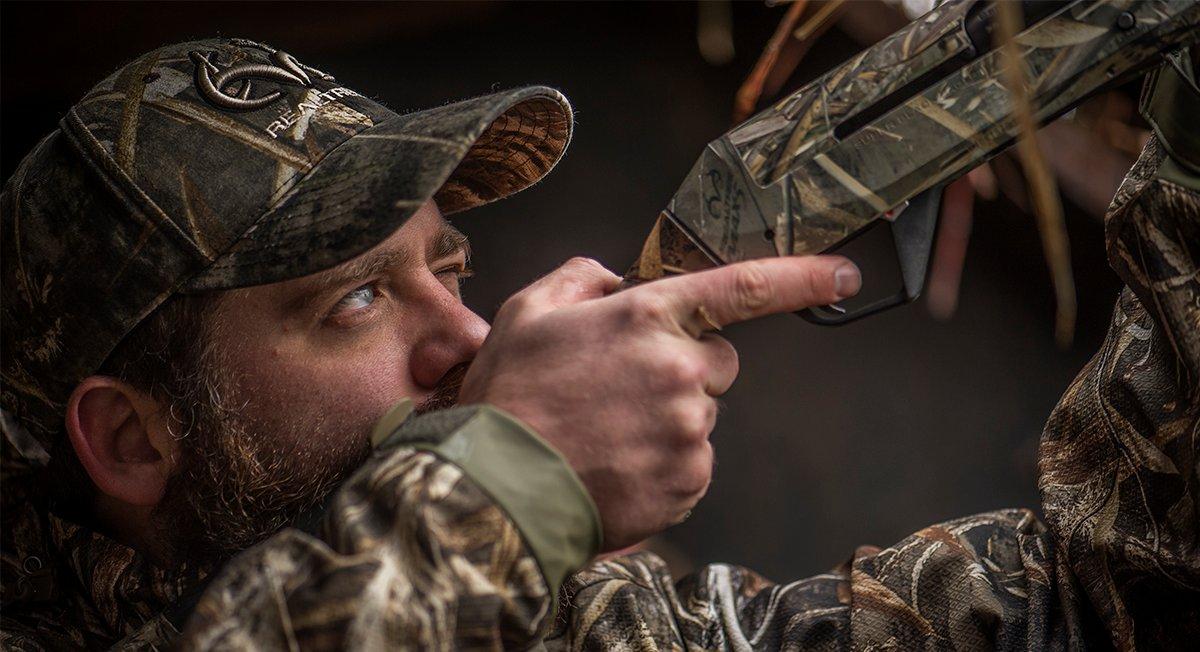These Considerations Often Define Our Scattergun Choices
Want to start a fight? Find a room full of waterfowlers, and make a declarative statement about the features that define the best duck and goose hunting shotgun. Then ring the bell, and watch the fireworks fly.
Hey, the ultimate waterfowl shotgun is the model that works best for the person shooting it. That might mean one thing to Hunter A but something opposite to hunters B and C. Hunters differ as much as the guns they prefer.
But in the spirit of civil discussion, let's examine a few of the basic features waterfowl shooters use to choose their top guns.
Reliability
To paraphrase Phil Robertson, the best gun is the one that goes bang, bang, bang. A shotgun that won't fire and cycle has no place in the marsh or pit. Waterfowling typically demands multiple shots at a decoying flock and quick follow-up rounds after misses or to dispatch wounded birds. Stove-piping, failure to eject, failure to feed and other malfunctions render a gun useless. That's why many hunters go with the proven inertia-driven actions. Still, softer shooting gas-operated autos have come a long way the past 20 years and are extremely reliable. And if you only need two shots instead of three, consider an over-and-under or side-by-side.
Ruggedness
If you're worried about getting your new duck gun wet or dirty and fret about scratching or marring it, you don't have a duck gun. You have a safe queen. Waterfowl shotguns must be tough and durable. That doesn't mean you need to use it as a canoe paddle. However, realistically, your gun will get wet, muddy and banged around during many hunts. And it must continue to function through all of that. Similarly, a gun with cheap guts that wears out after a few thousand rounds is just as useless. Buy models with longstanding reputations for quality.
Fit
This is probably the biggest intangible. You can talk weight, balance, length of pull and drop at comb all you want, or you might simply insist that Brand X shoots better for you than Brand Y. The point is that some shotguns fit your body and shooting style better than others, and the reasons aren't always clear. That's why it's always best to shoot a gun several times before purchasing it. Borrow a buddy's gun during a field hunt. See if you can rent a new model for a day of sporting clays. Using the gun repeatedly reveals if you can carry it comfortably, shoulder it efficiently and, most important, shoot it well.
Ease of Takedown
Cleaning a shotgun shouldn't require a gunsmith. And let's face it: You're often busy and bone-tired after many waterfowl hunts, and you likely won't take much time to baby your weapon. That's why it's nice to own a gun you can break down and clean in a few minutes. Swab the barrel, clean and lubricate the action — done. If you must refer to the owner's manual and find yourself reaching for the pliers and cussing, you probably want another gun.
Finish
It's OK to shoot a blued gun with a wooden stock, but remember, waterfowling can be awfully tough on pretty guns (refer to the paragraph on ruggedness). Further, the shiny glint of sunlight on metal doesn't help you fool sharp-eyed waterfowl. Go with a dull, durable coating that camouflages and protects your gun. My favorite? Realtree Max-5, of course. Just be careful when you set your shotgun in the marsh grass, as it might take you several minutes to relocate it.
Click here for more Realtree waterfowl hunting content. And check us out on Facebook.







